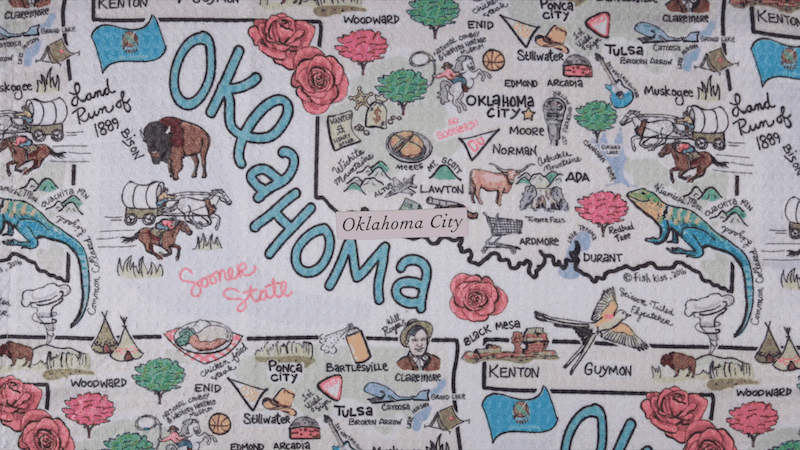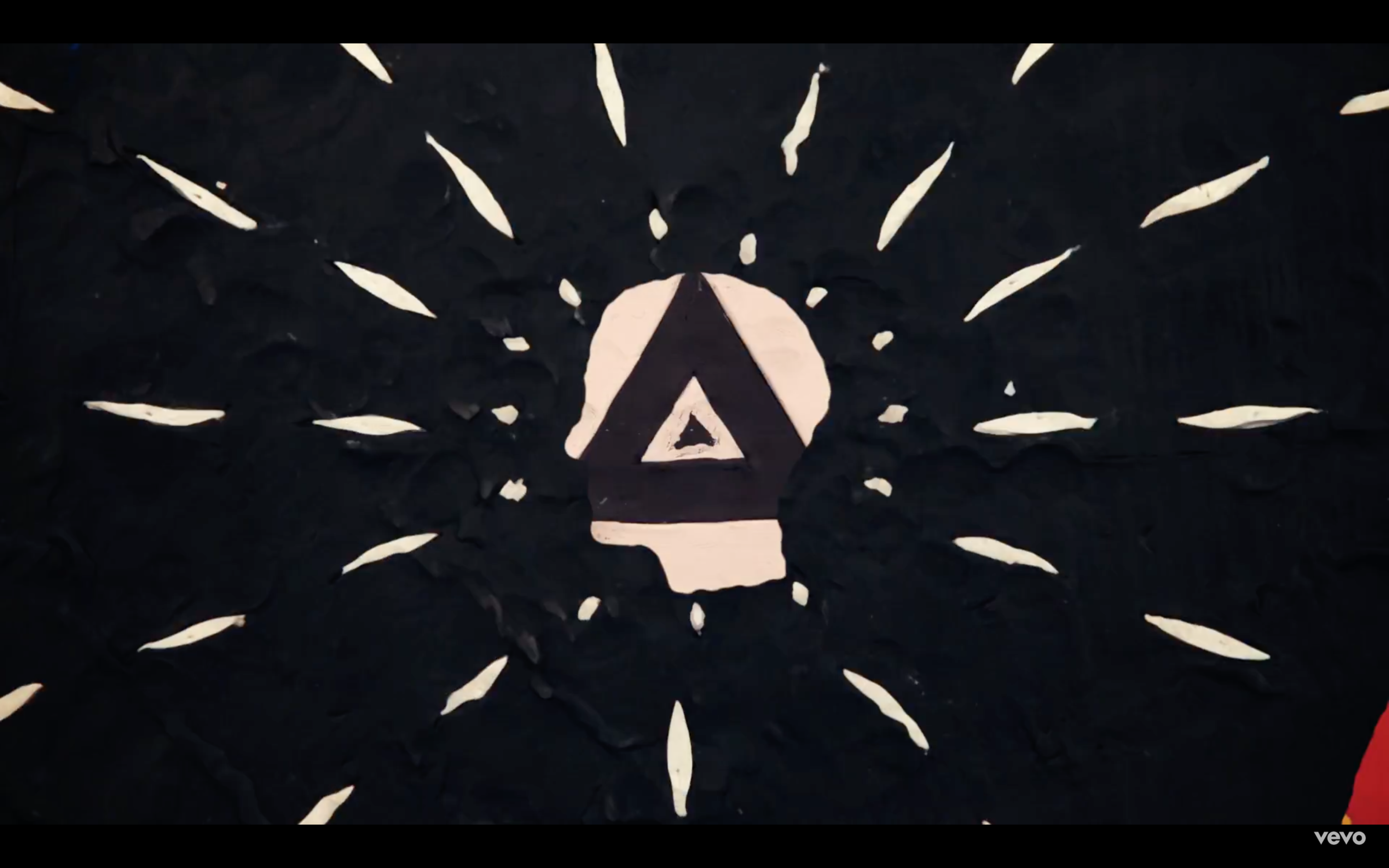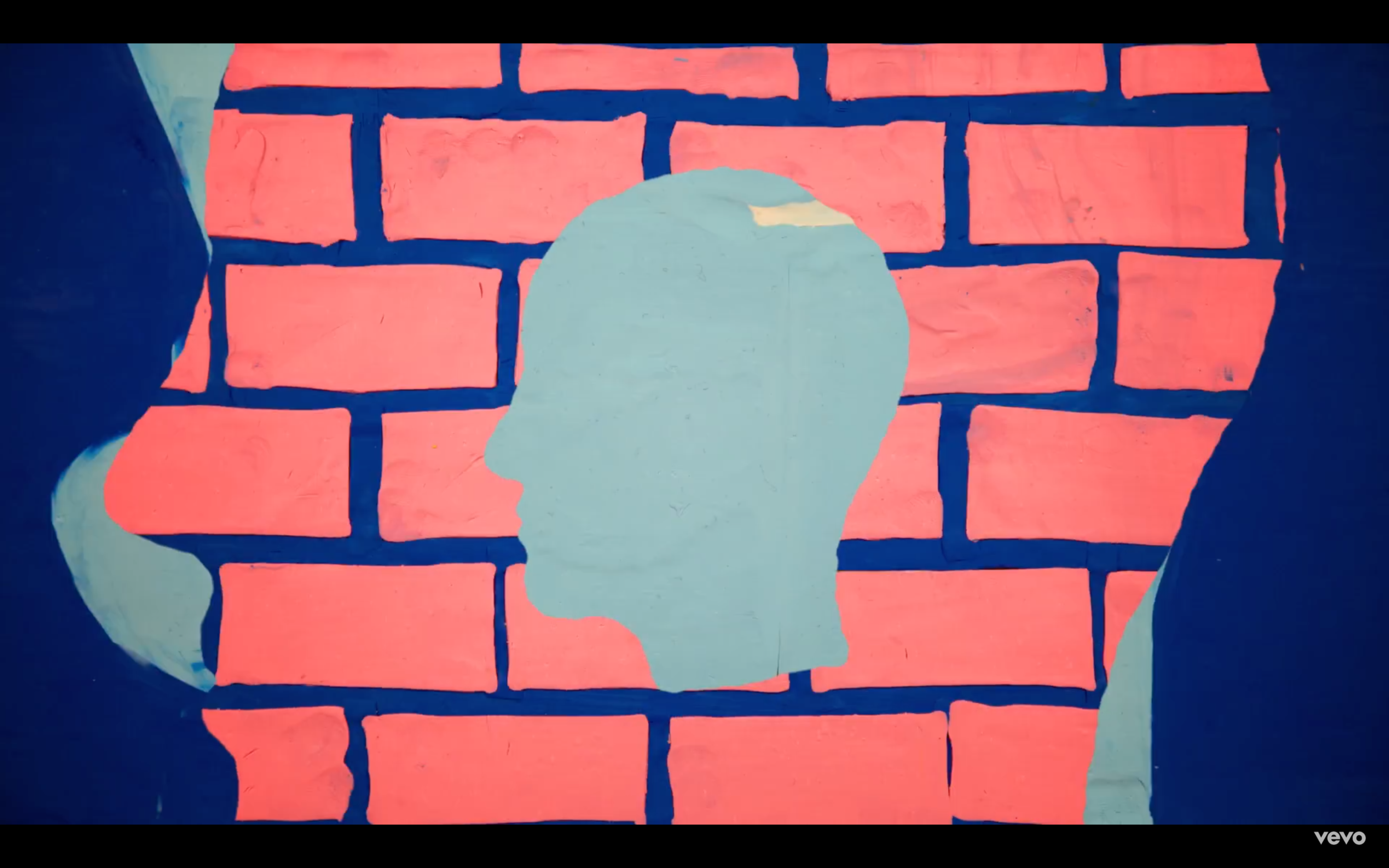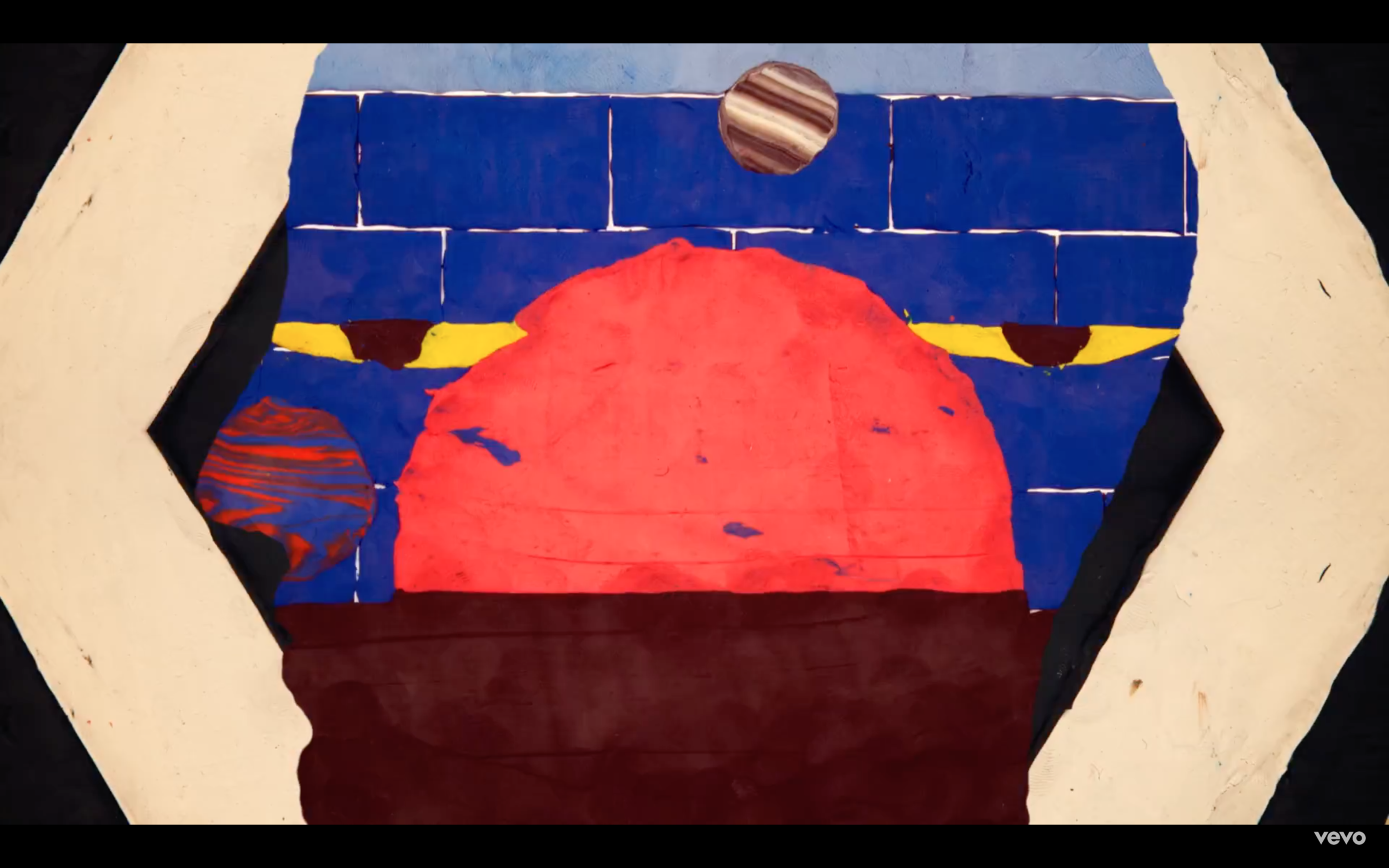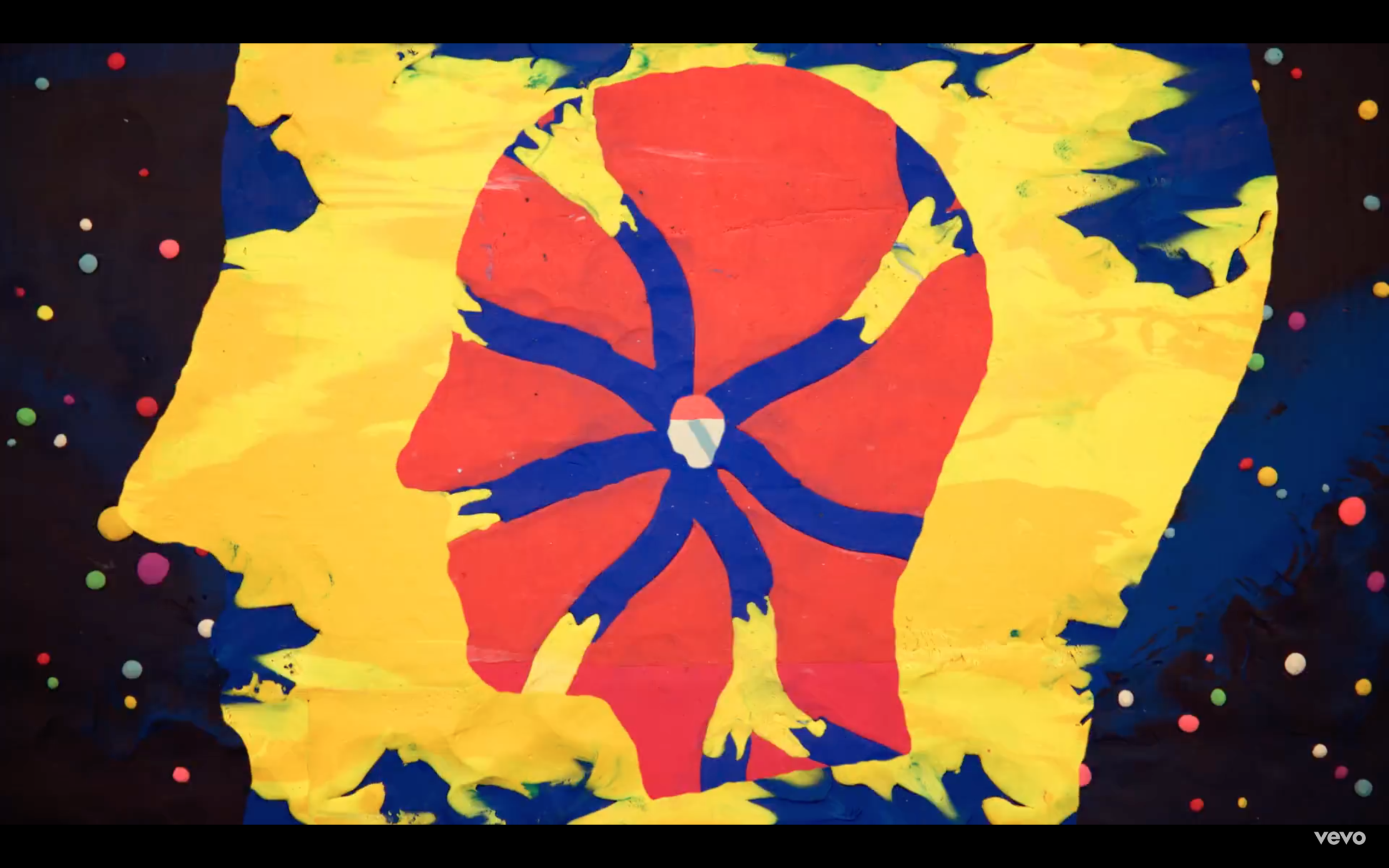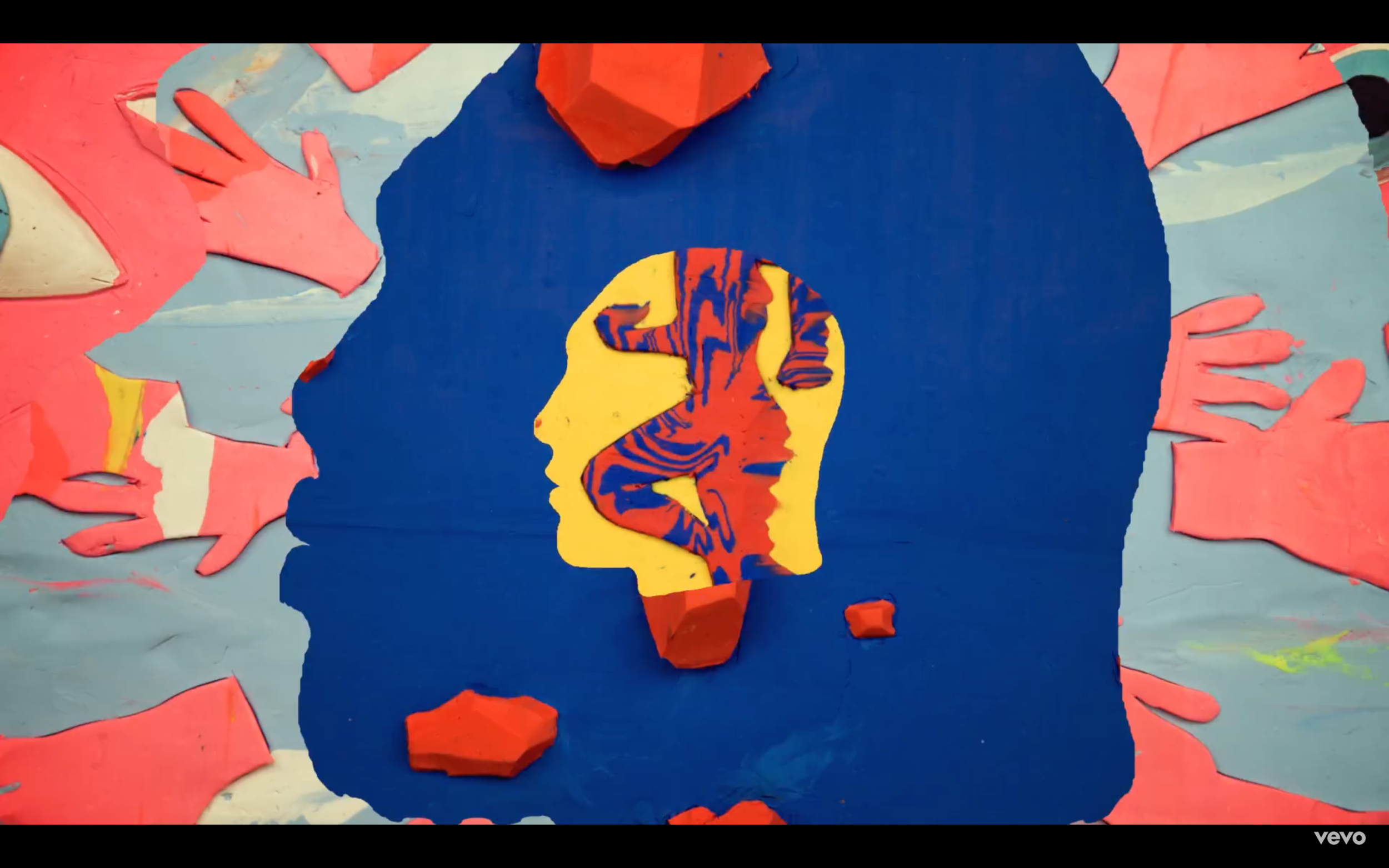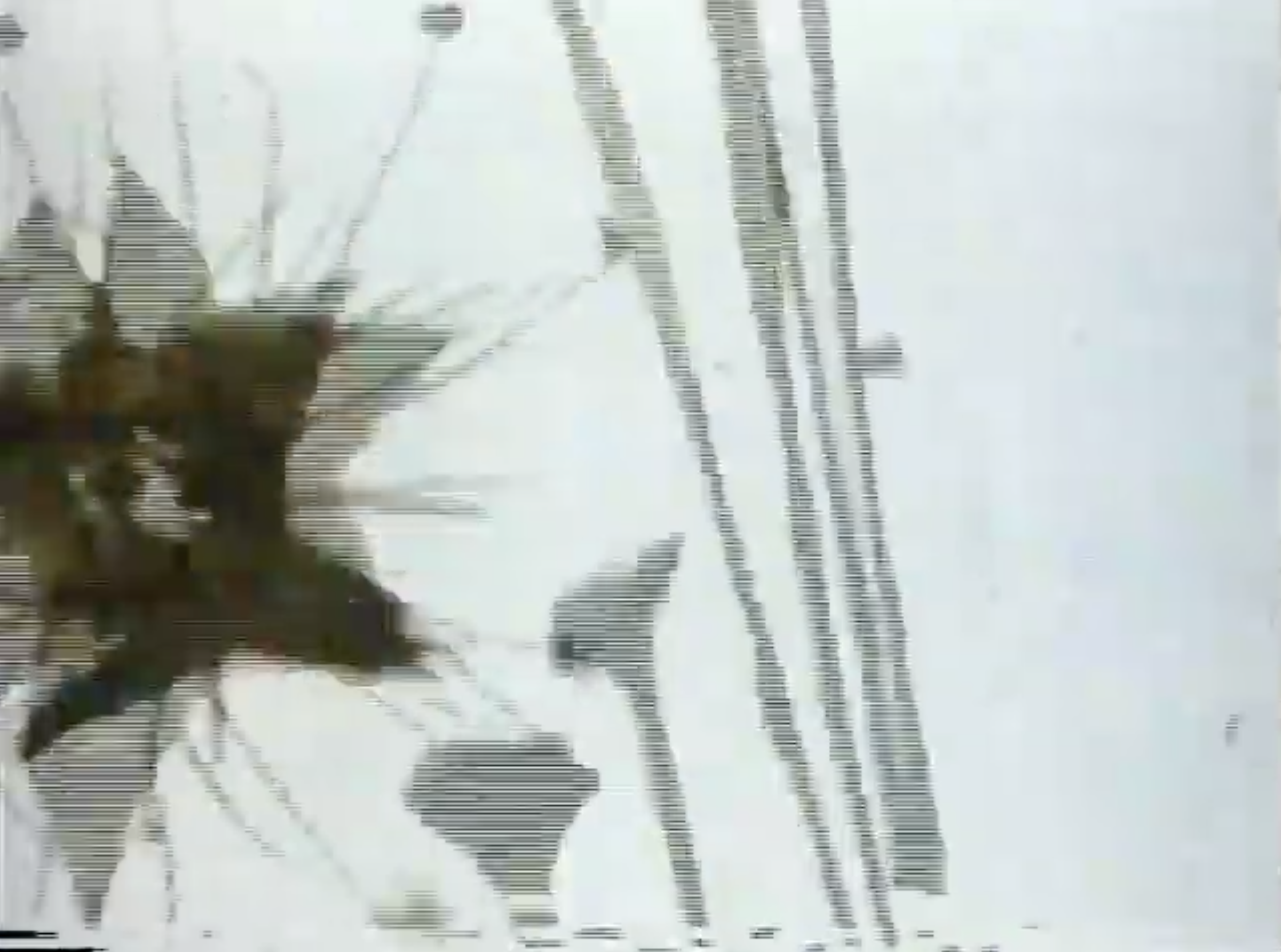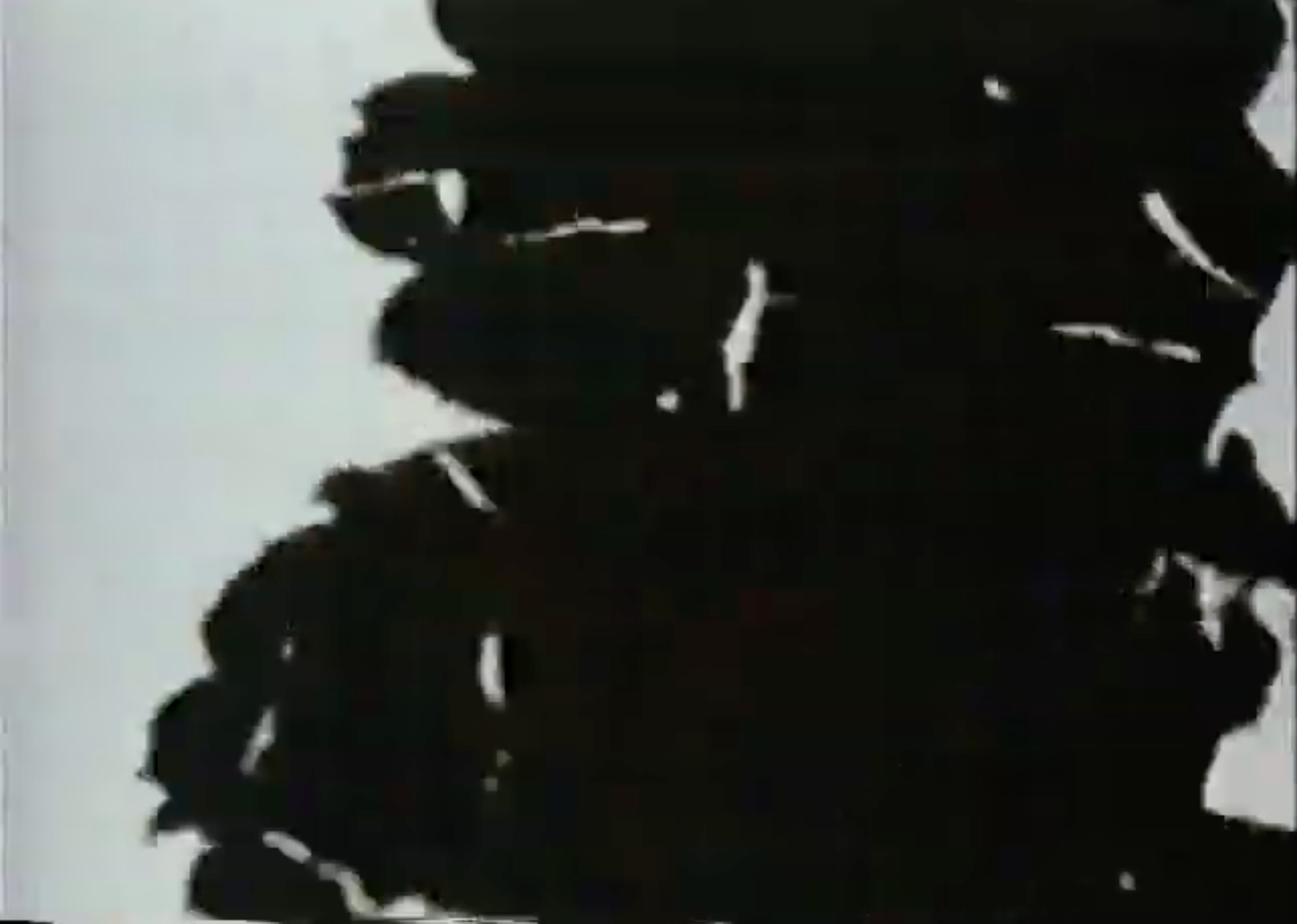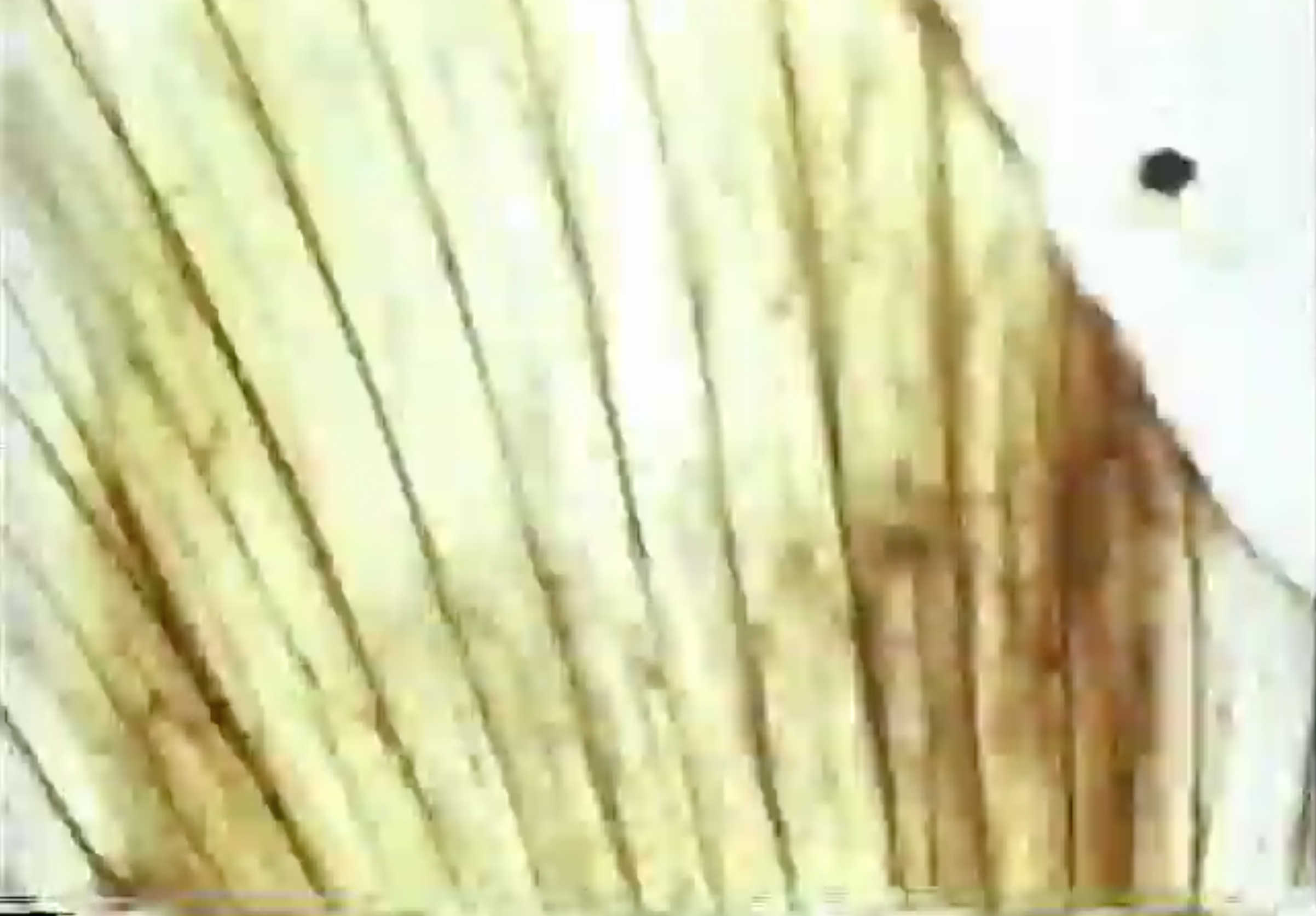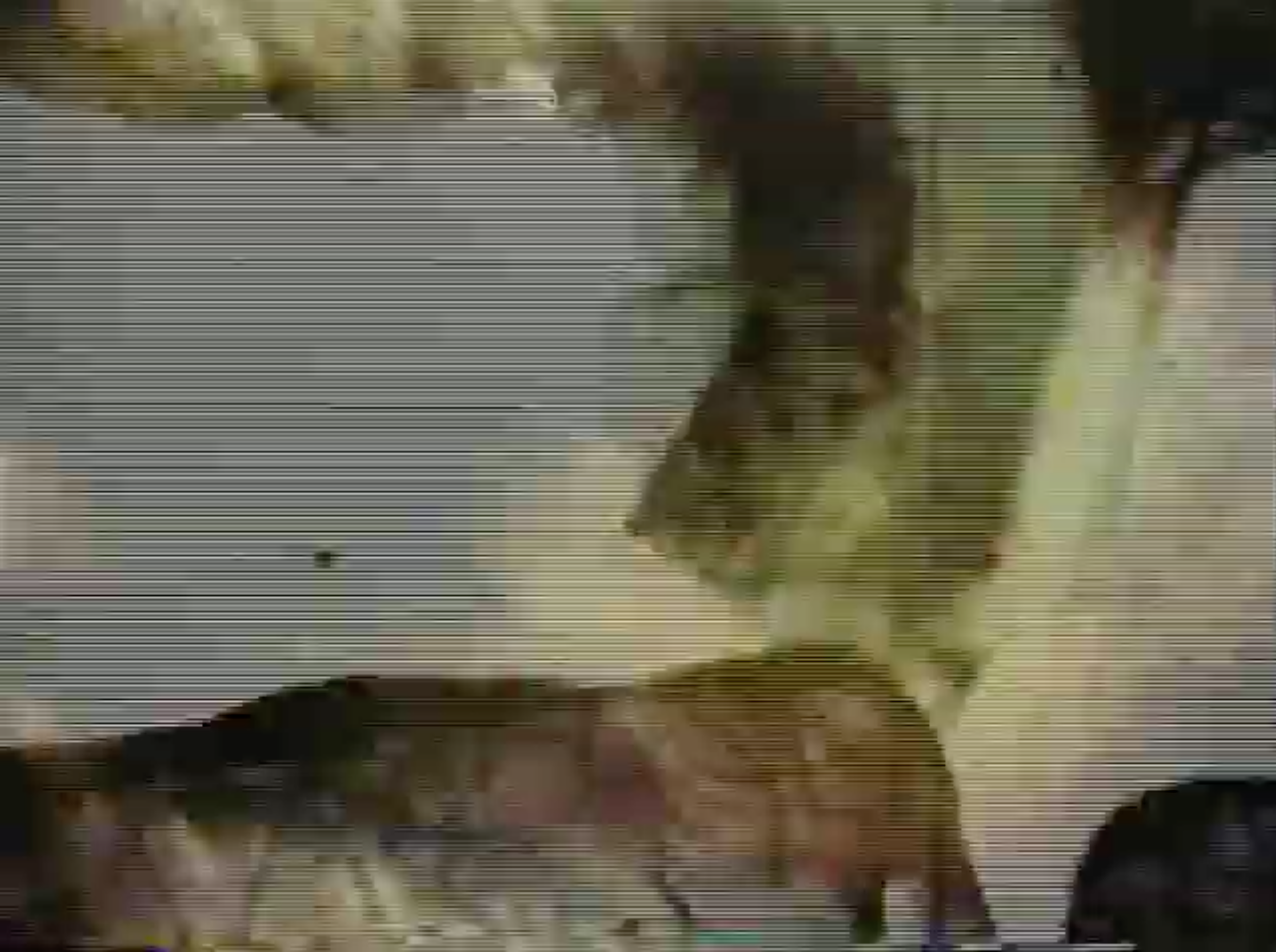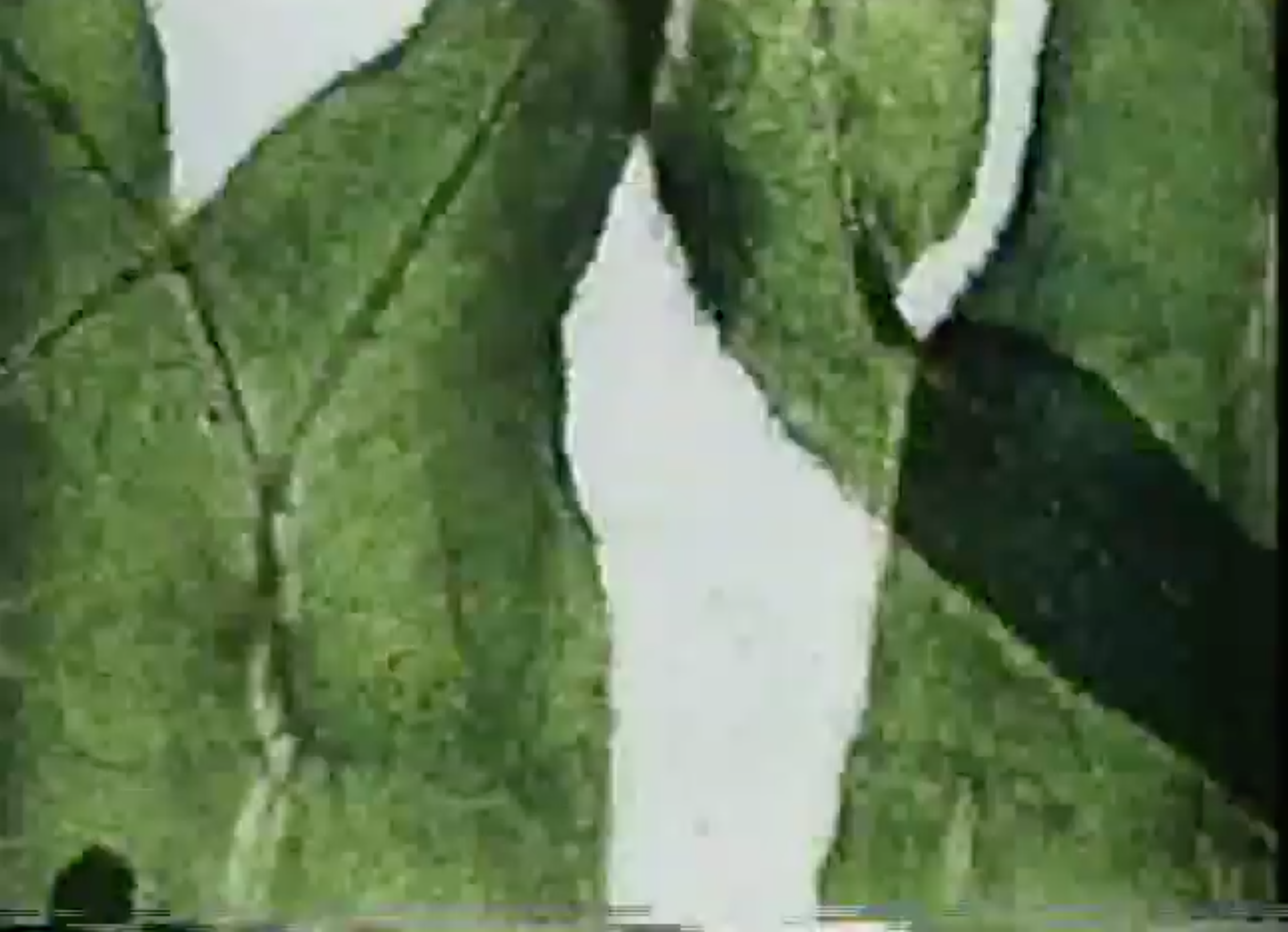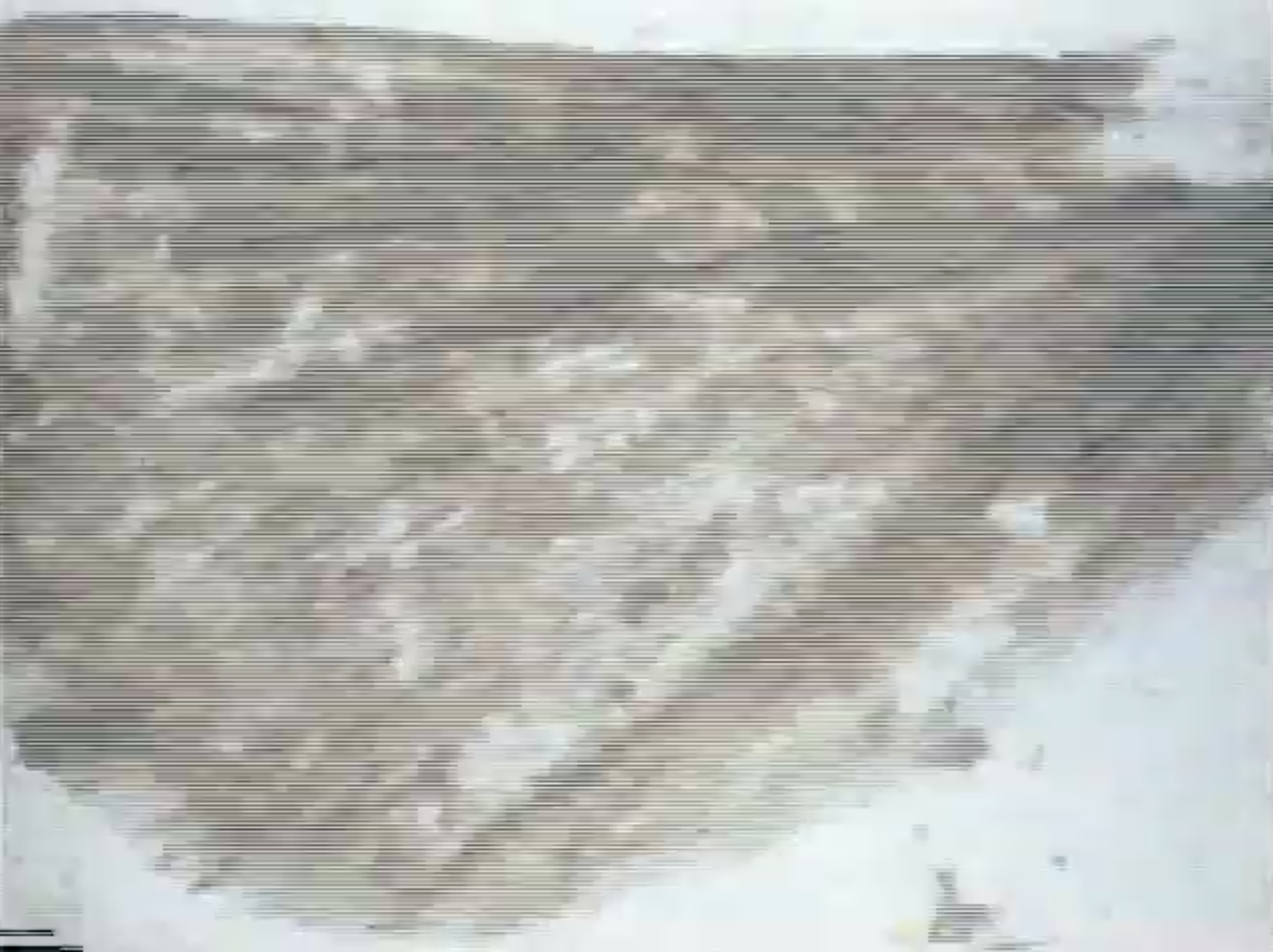Quarantine Skillshare: The Kaleidoscopic Animation of Elizabeth Myles
Elizabeth Myles is a fourth year majoring in Cinema and Media Studies and minoring in Visual Art. She was a board member of Fire Escape Films and a FOTA Fellow. Off campus, she can be found on rollerskates. Her most recent documentary animation, Love Stories (linked below, in article), has been accepted to four film festivals. Find more of her animation on Instagram: @elizabethmylesart and @quaranzining and on Vimeo!
Elizabeth’s animation communicates in a variety of multimedia and multisensorial languages, constructed through collage, drawings, music, motion, and found poetry. The effect is a frenetic feast for the eyes lovingly assembled, frame by frame, by only her hands.
Our conversation is driven by the classes at UChicago that were pivotal to Elizabeth in learning how to animate, the way that the visual component of animation can both supplement and subvert the content of the audio, and Oklahoma. At the center of this is a deep-dive into Love Stories (video password: lovestories19), which premiered at the Ivy Film Festival. Below is our edited transcript.
Still From Love Stories
Ariana Garcia: How would you describe the art that you do? What did you produce as a FOTA Fellow?
Gif From Oklahoma City
Elizabeth Myles: My main medium is animation. I started this last year in Winter Quarter when I took a two-part “Experimental Animation” sequence with Scott Wolniak. I learned both manual and digital animation, but I prefer manual. This includes hand drawn things, rotoscoping [when you trace and sketch things over and over], stop-motion, and collage.
[I made an animation about Oklahoma.] No one ever thinks about Oklahoma! It is never on anyone’s mind! Maybe I talk a lot about it, but whatever! Oklahoma is my home! I lived there and I love it. People assume that there are just cows there (and there are cows!), but it means so much more to me. I made an animation called Oklahoma City , that’s still a work in progress, and [the items I chose to showcase are nostalgic for me]. I show receipts from my favorite burger place, Braum’s, this kitchen towel my mom gave me that has little icons of state attractions, and the movie Twister that I bought at Best Buy. It also includes a sound collage of my voice and I sort of give a tour of these symbols. I just wanted to make an homage to my home, in my own weird experimental way, I guess.
What is your process? How do you start an animation?
Sometimes I have an idea of the base materials. For example, I once had 39 drawings of a line that progressed from the top to bottom of the screen. In the editing room, I keyed out the background so I could only work with the line. Then I just copy-pasted it and could move it around. A lot of my animations are like that. I’ve done the same thing with a circle, but that was 120 drawings. It took 30 hours just to edit! Not even counting the hours it took just to draw the circle. My friend, Sam Basté, (@sam.baste.media), who graduated last year, does really great [multimedia art and sounds] and is in this group called Bad Optics Collective (@badopticsco). [Under the alias ‘Not Yet’], she released this cool track, “Eartha May” featuring interviews with Eartha Kitt and she let me animate to it. I wanted to start with a circle, and once I started editing, it lined up pretty well with the audio. The animation got crazier and crazier as the music turned more into house music. It was just a really fun project and amazing to collaborate with her.
Gif From Eartha May Animation via Vimeo
I think that collage is harder for me to plan because I have all of these different images. I like collage animation more than just collaging and glueing something down because I am really indecisive. With animation, I can continually change things.
There aren’t many other disciplines where literally every single thing in the project is moved and molded by a single pair of hands. Who or what inspires you?
Lowkey I’m very bad at, like, art history and name dropping, but I really like the music video “Feels Like We Only Go Backwards” by Tame Impala. That is a collage animation using plasticine, which is a type of clay and a team of animators with over a thousand segments. It kinda just blows my mind. It would be cool to get to that level and make something as complex and intricate as that animation is. That size of a project definitely necessitates a team. I think if one person took that on, they’d go crazy.
Stills From “Feels Like We Only Go Backwards”
Also my professor, Scott Wolniak, who I’ve taken two animation classes and a collage class with, has had a huge influence on my craft. He’s an amazing professor and also advocates for my art. He gets you to think about art in a different way. I never would have made most or all of the animations that I’ve made without his prompts or feedback.
I also really like this film called Mothlight by Stan Brakhage that I watched as a second year when I started taking a lot of film classes and before I started animating. Basically, he put things like moth wings and leaves in between two clear strips of 16mm film, then made a print of that, and projected it. The result was a barrage of densely packed images. It got me thinking about what a moving image even means, which sounds heady and theoretical. With more experimental films, you can do more with each frame because you have more autonomy over it. That film got me out of my head, and [showed me what taking risks in animation can look like].
Stills From “Mothlight”
Would you say that shorter, more experimental films need to have some sort of internal arc or narrative?
I don’t think it needs to have a narrative, it can [just exist as something that you wanted to create]. I made an animated documentary last year called Love Stories, where I interviewed people and they told me their love stories. It was a really sweet project. For example, I used another line animation to supplement a scene about a dad storytelling to his children. I also included the love story that my granddad recounted about my grandma, who passed away a few years ago. I think that one had the strongest narrative because it was unfolding like history. However, I still don’t think experimental films and animation necessarily need to have a narrative. Sometimes it’s important to just see how far you can push the medium.
Still From Love Stories, Showing Elizabeth’s Grandparents
Animation is a really potent way for an artist to move their thoughts and feelings. How has it affected your way of communicating and engaging with the viewer?
I still stay in contact with the couple I interviewed for Love Stories. [I met them on Facebook, after I sent out a call looking for people to interview for that documentary. They were incredibly open, vulnerable, and tender.] They sent me a beautiful mood board of visuals that were pertinent to their story and I distilled it down to two elements: warmth and the color blue. [I used a gold tinsel and a blue agate slice] to abstract this. But, for the story about my grandparents, I knew I didn’t want to abstract anything. I wanted people to see the black and white photos, see the package that my granddad sent me, and see the realness of their story. Talking to the people who have seen the film, and what they thought about it, and which stories resonated with them personally means a lot to me because animation is such a solitary act. I invested so many hours making the film and it excites me when I see its own life, or afterlife.
Are the images you used for Love Stories found or things that you specifically looked for?
I think a lot of them were found. There were two collage animations in that film. One of them started as an assignment for class, before I started making the film, and was a silent animation with images I cut out from Vogue and other art magazines. For that class, we had to make five animations in different styles and I was looking for inspiration, so I just focused in on the theme of Love because of what was available in the magazines. The two phrases that are rapidly switched out in the beginning (“what it means to love” and “to know someone deeply”) answer its own question. That’s how Love Stories came to be, and that specific animation became the bookends for the film.
Still From Love Stories, Showing “You Are My Sunshine”
The other collage animation in that film was for Peter Forberg’s story about his grandma who has Alzheimer’s. For that, I was really struggling with how I wanted to visually supplement that. I had some collages for another animation I made for a film I produced called Habibah, that was directed by the amazing May Malone. She gave me some of the items and materials that she had used. I supplemented these with some cutouts from a book [about the Great Depression, so all of the words and phrases I had to choose from were dark and I had to use the most basic ones I could find,] like: “Mother”, “Grandson”, “Love”, and “He was only 11 years old”. I ended up just making them circle around on screen and the words themselves are not the focus. Sometimes the movement itself is more important than the content. Peter also specifically mentions a song that his grandma used to sing to him, which is “You Are My Sunshine” by Johnny Cash, so I decided to write out the sheet music and animate a few verses. That was the most difficult animation to conceptualize because the story was so powerful and I didn’t know how to pair the visuals with the narrative. It turned out to be my favorite, though.
Do you think quarantine has changed the way you animate?
I actually got to borrow some equipment from the Logan Media Center over Spring Quarter, so I currently have a scanner and a copy stand to hold my camera vertically as I animate. In terms of what I choose to animate, my subjects tend to be kinda random. For example, I started this new animation last week for my art class, which was just meant to be a sketchbook assignment, but it progressed into something I’m working on now. I painted each section on this piece of paper, waited for it to dry, and then scanned it. Being in quarantine has given me more time and freedom to animate. If we were on campus for classes I would have to find time to go to Logan and balance my time there with my studies. Since it’s such a time-consuming process and I’m in my apartment, I can watch TV while I animate. I can take the time I need to do it, and not feel trapped in an editing suite for 5 or 10 or however many hours.
At the medium’s most bare bones, it is approachable to anyone. What things does someone in quarantine need to get started?
You can really just use the materials you have around you. If you have a camera (and it can even be your phone) you just set it up and move objects around. Videos on YouTube really just show you how easy it is to teach animation to yourself. I don’t even technically need a scanner, I could’ve just used my phone to take pictures. This is really a medium where you can play with things and get to know the techniques as you do it, which is fun. There is a lot of freedom in animation.
Gif From Love Stories
Featured Image via Elizabeth Myles



